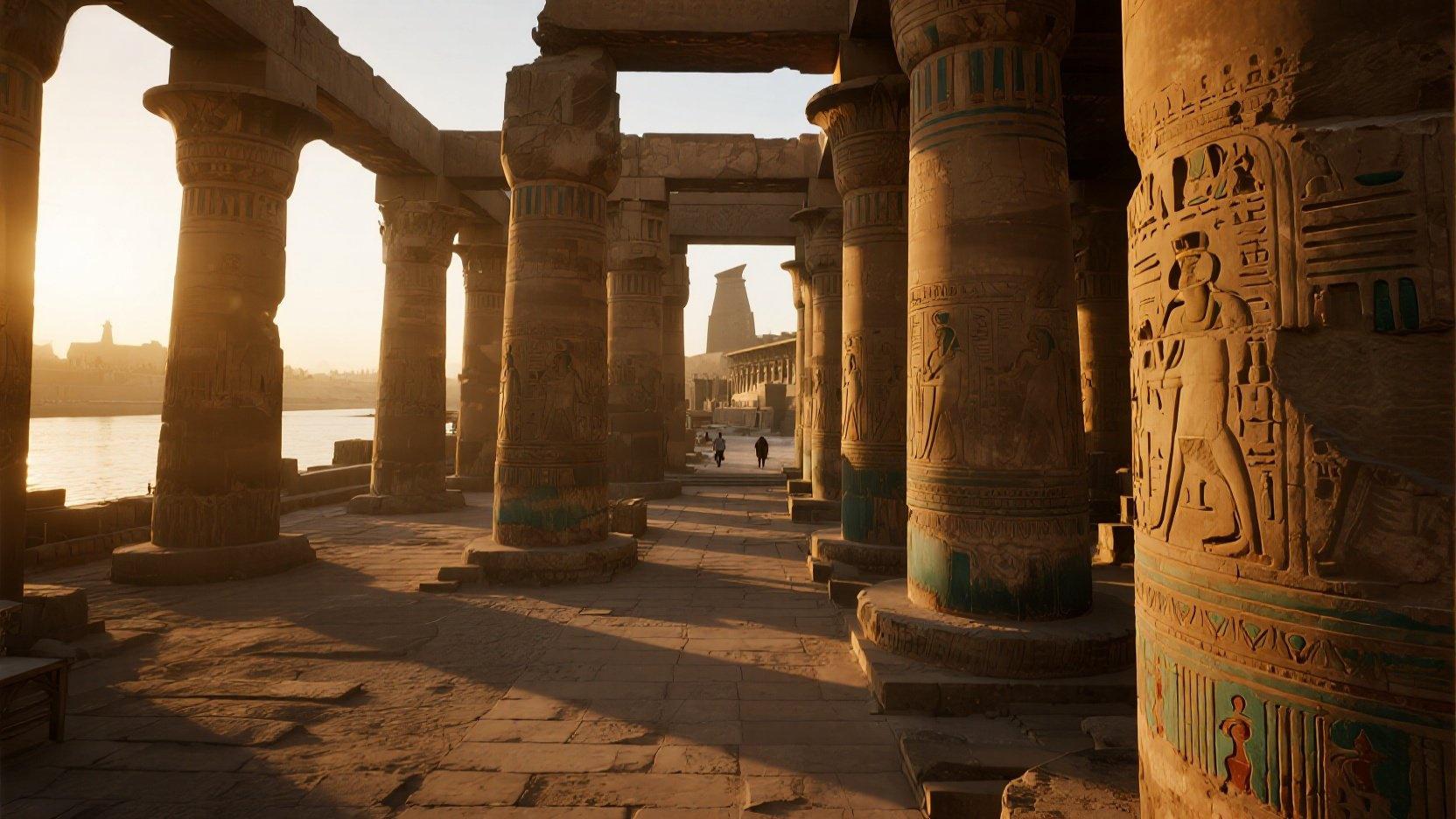As dawn breaks over the ancient city of Luxor, the first rays of sunlight pierce the horizon, illuminating the towering columns and sprawling courtyards of Karnak Temple. This moment feels almost sacred, as though the sun itself honors the legacy of a civilization that believed in eternity. Luxor, often referred to as the world’s greatest open-air museum, is a destination where history whispers through the ruins, and the echoes of a timeless past resonate in every corner.
Karnak Temple, the jewel of Luxor, stands as a monument to the grandeur of Ancient Egypt. It is not just a temple; it is a sprawling complex that took over 2,000 years to construct, with contributions from generations of pharaohs. Walking through its colossal gates, one is greeted by an overwhelming sense of scale. The hypostyle hall, with its forest of 134 towering columns, feels like entering a realm of gods. Each column is intricately carved, its surface adorned with hieroglyphs and depictions of deities, offering a glimpse into the spiritual lives of the ancient Egyptians. As the sunlight filters through the columns, casting long shadows and golden hues, it is easy to imagine priests and worshippers moving through these sacred spaces, their chants and rituals filling the air.
Beyond Karnak, Luxor reveals itself as a city divided by the Nile, each side offering a distinct experience. On the eastern bank, where Karnak and Luxor Temple stand, life thrived in the ancient world. These temples were not merely places of worship; they were centers of power and culture, where the divine and the mortal intertwined. Luxor Temple, smaller but equally mesmerizing, is particularly enchanting at night when its sandstone walls glow under the lights, creating an atmosphere of quiet reverence. The eastern bank represents the land of the living, a place where the sun rises and life begins anew.
On the western bank, the story takes a different turn. Here lies the Valley of the Kings, the resting place of the pharaohs, hidden beneath the sands and cliffs. This land of the dead was carefully chosen for its isolation and secrecy, ensuring the eternal protection of the rulers who were buried here. The tombs, carved deep into the earth, are adorned with vivid paintings that depict the journey to the afterlife. Each tomb tells its own story, but collectively, they speak of a civilization’s obsession with immortality. The discovery of Tutankhamun’s tomb, with its treasures and mysteries, brought global attention to this valley, making it a symbol of Ancient Egypt’s enduring allure.
Luxor is not just a city of ruins; it is a living testament to the human desire to transcend time. The Nile flows steadily, as it has for thousands of years, connecting the past to the present. The local people, proud of their heritage, welcome travelers with warmth, eager to share the stories of their ancestors. Whether you are exploring the temples at sunrise or sailing along the river at dusk, Luxor offers moments of profound connection to a world that once was.
When the sun rises over Karnak, it illuminates more than just stone and sand. It lights up a legacy—a reminder that while civilizations may fade, their echoes remain. Luxor is a place where history is not confined to textbooks but lives on in the air, the earth, and the waters of the Nile. To visit this ancient city is to step into eternity, to witness the enduring beauty and power of a culture that continues to inspire awe across the ages.
